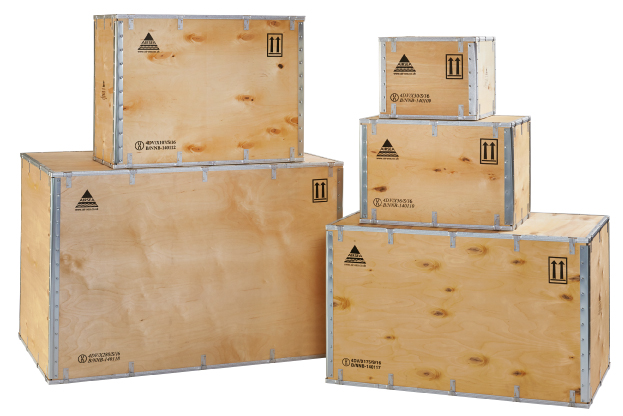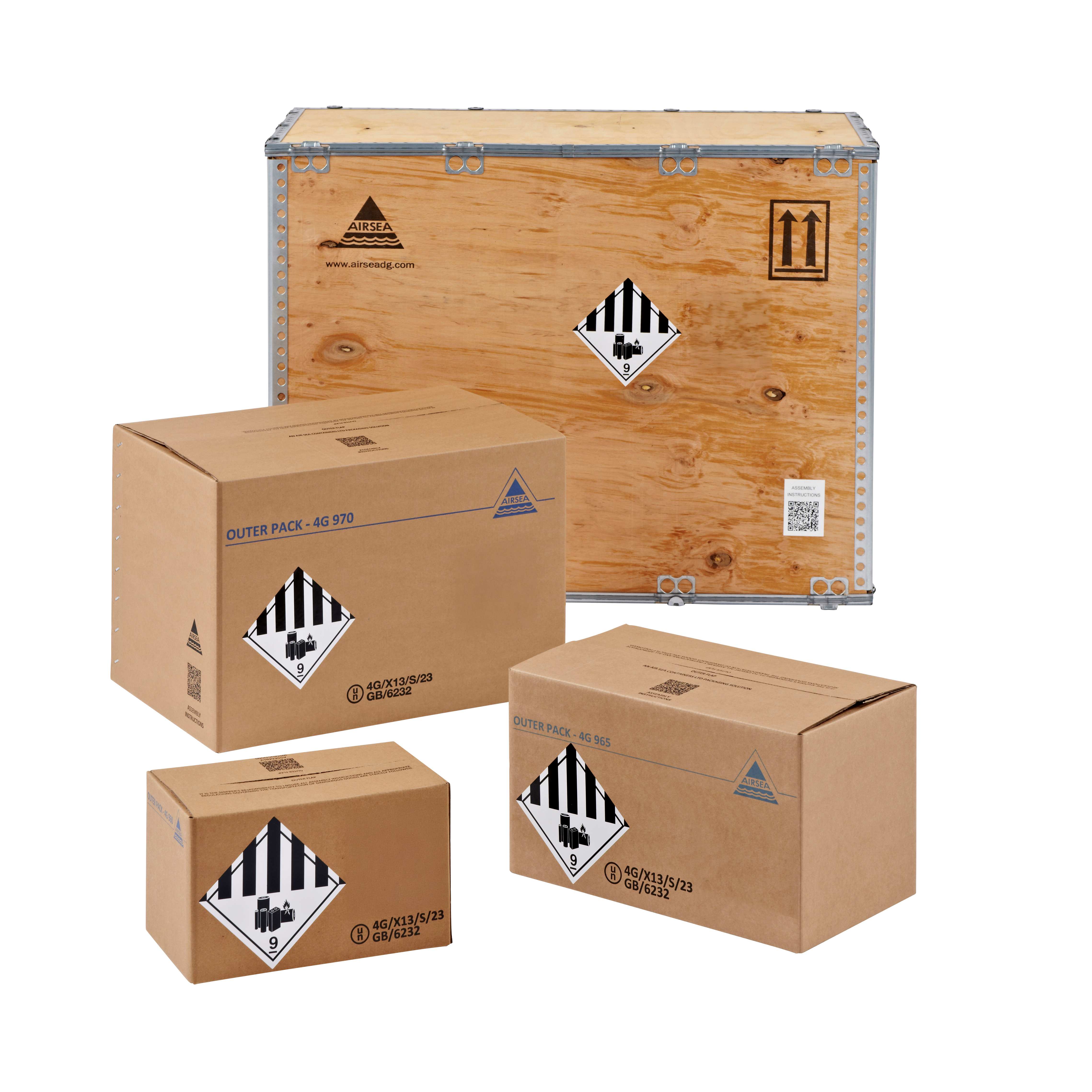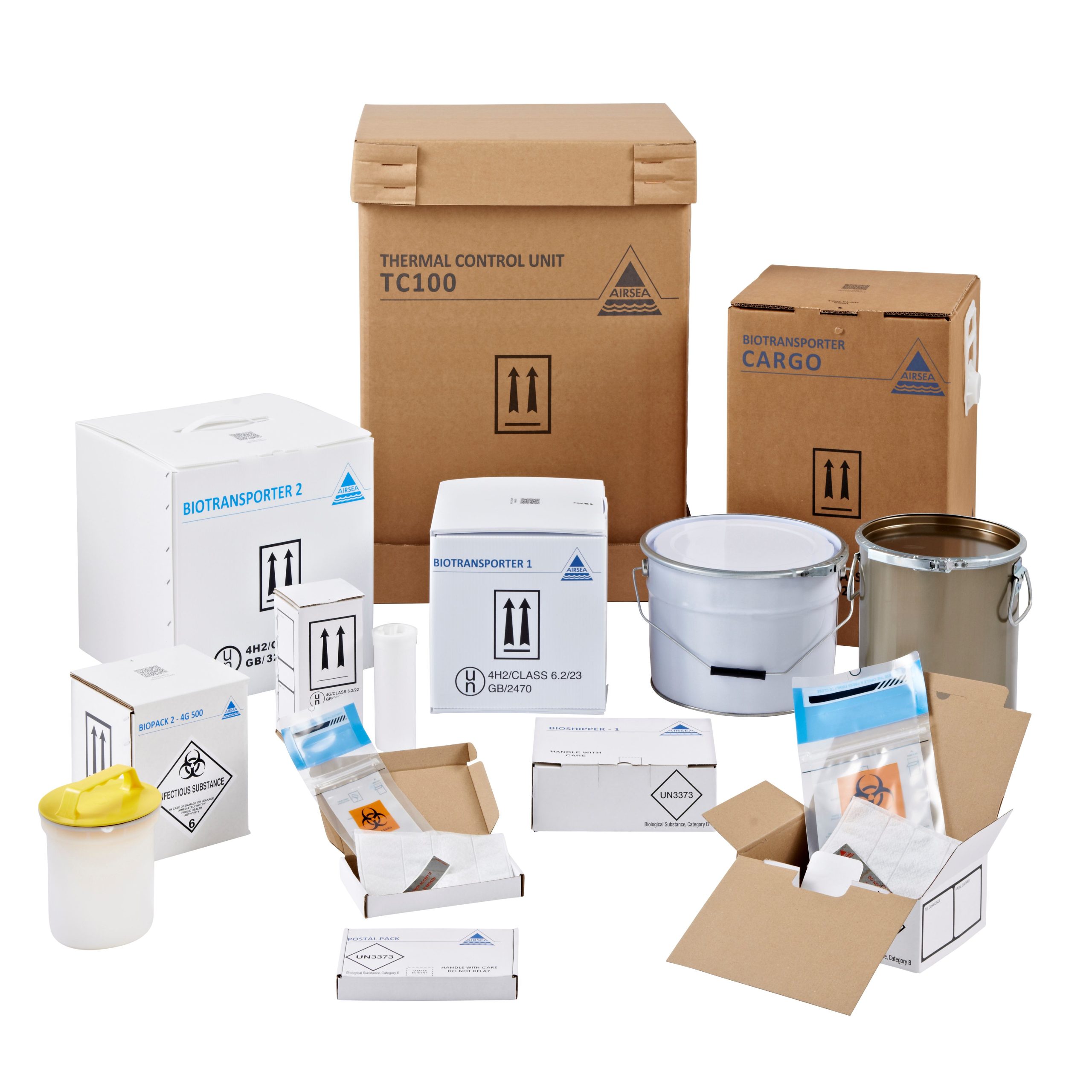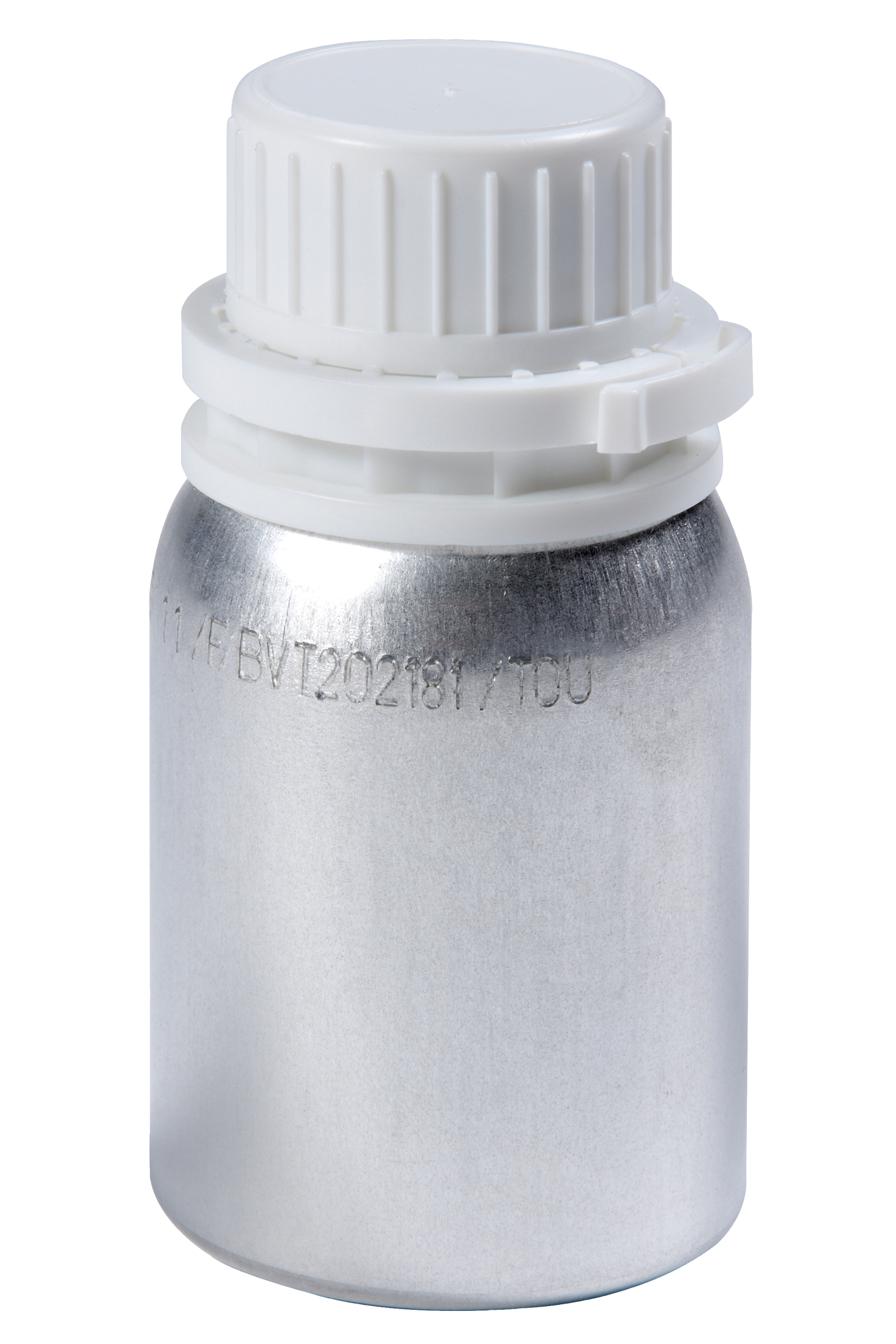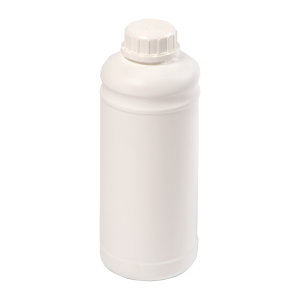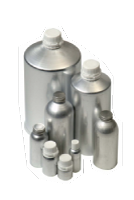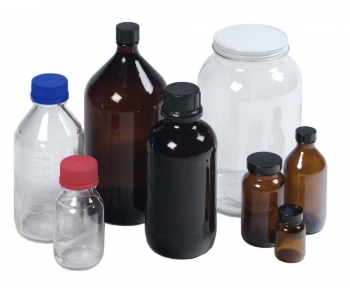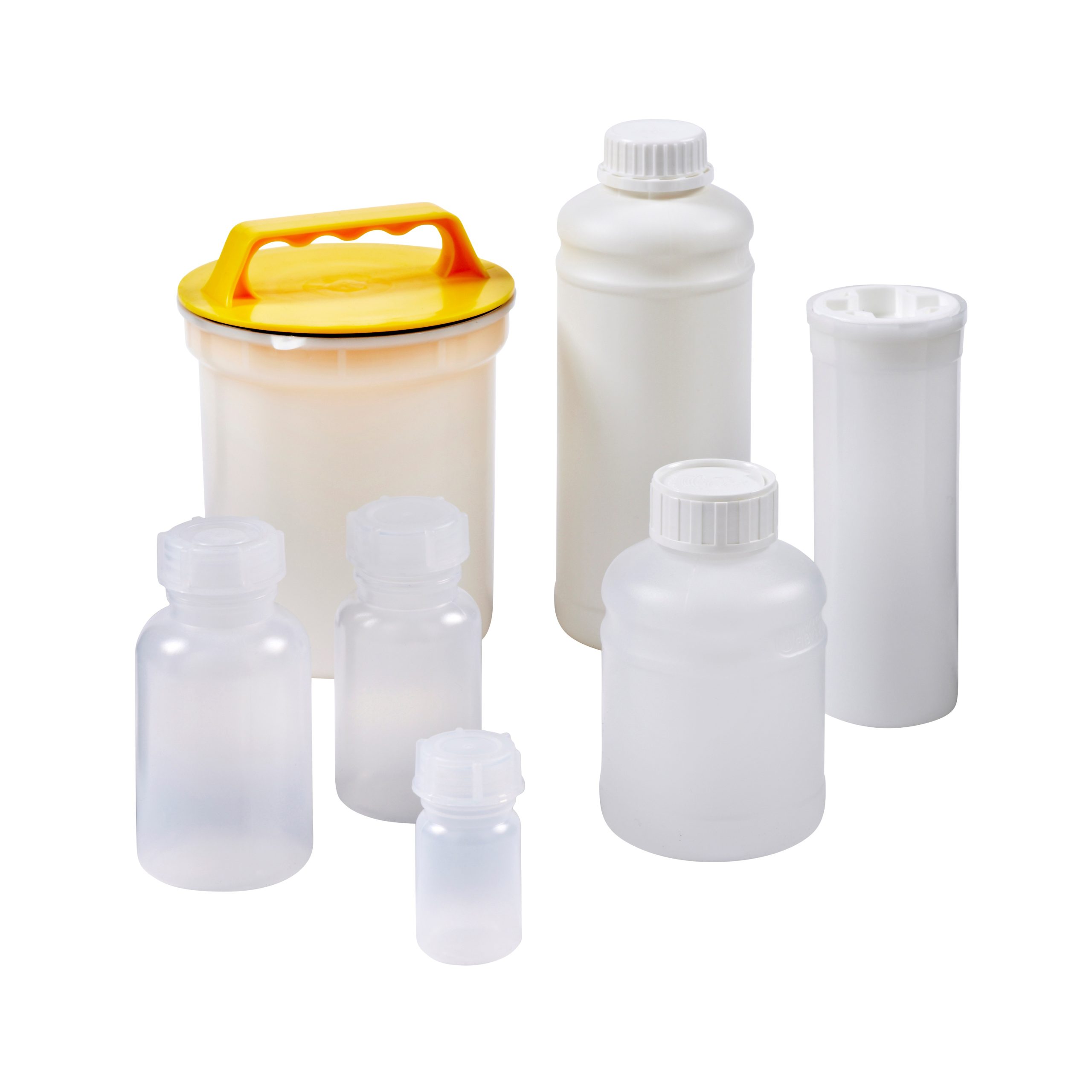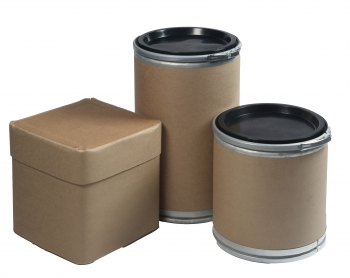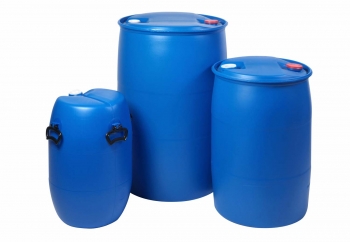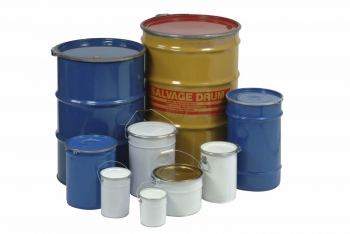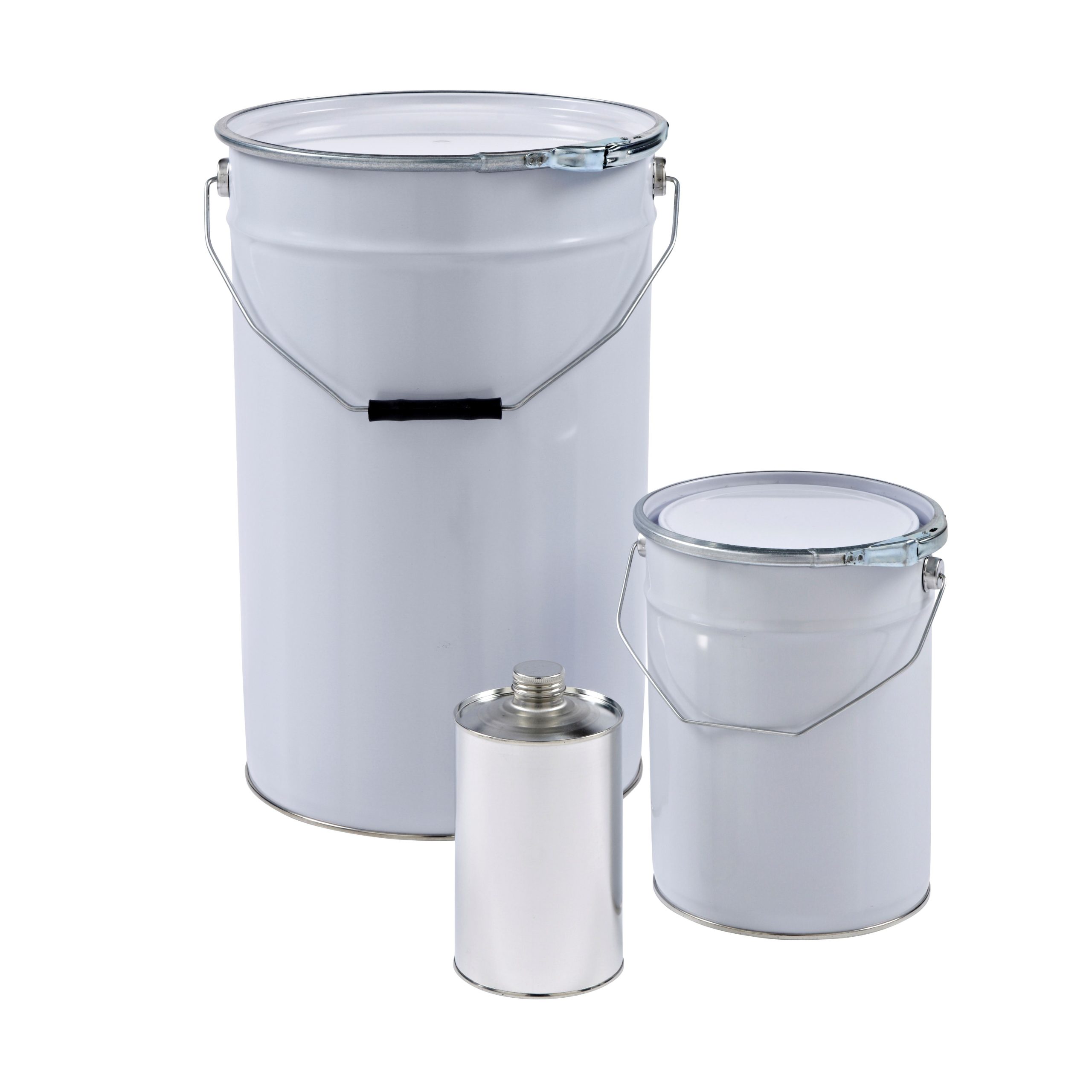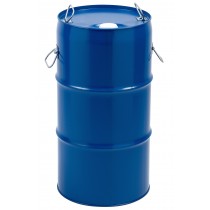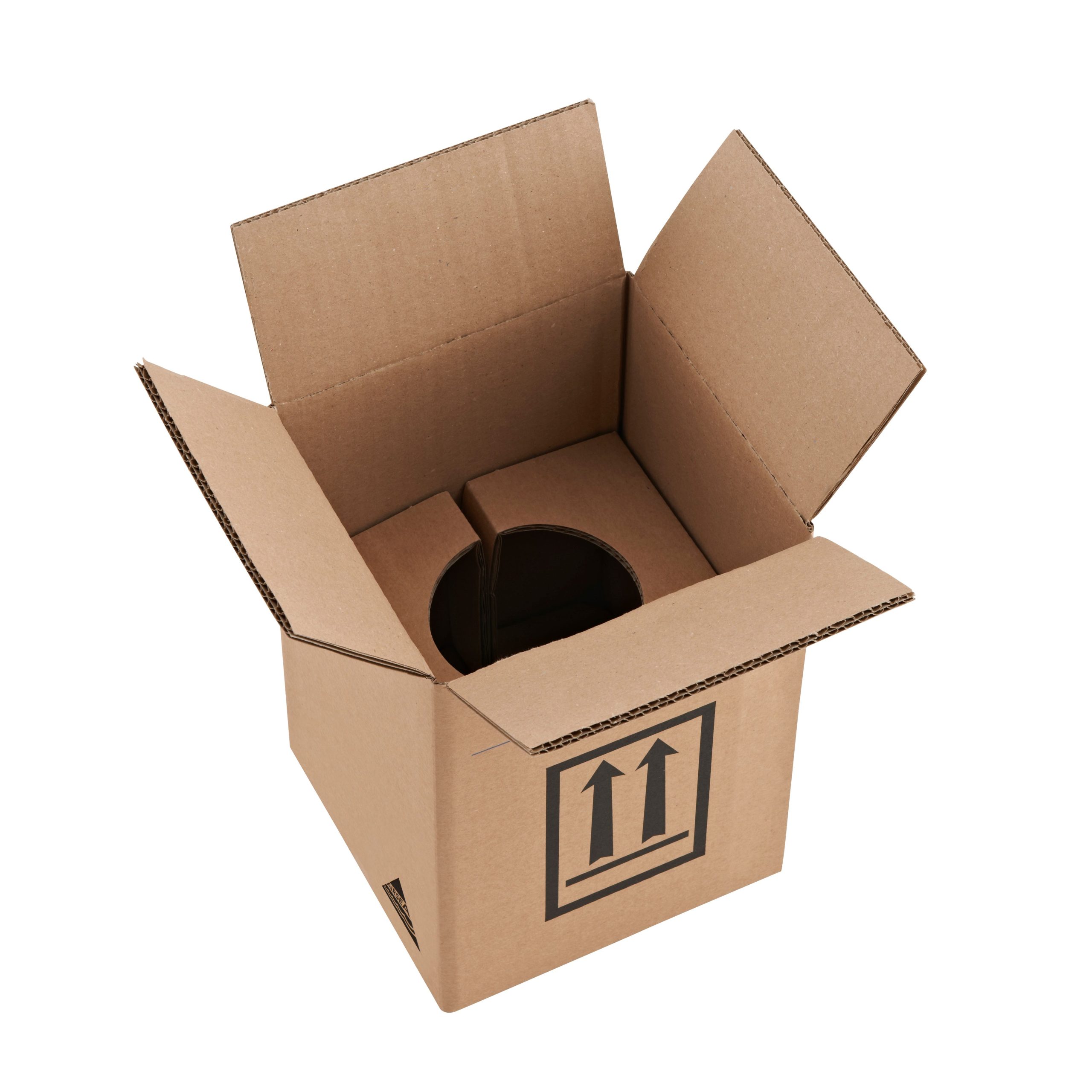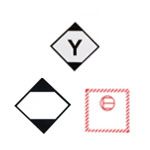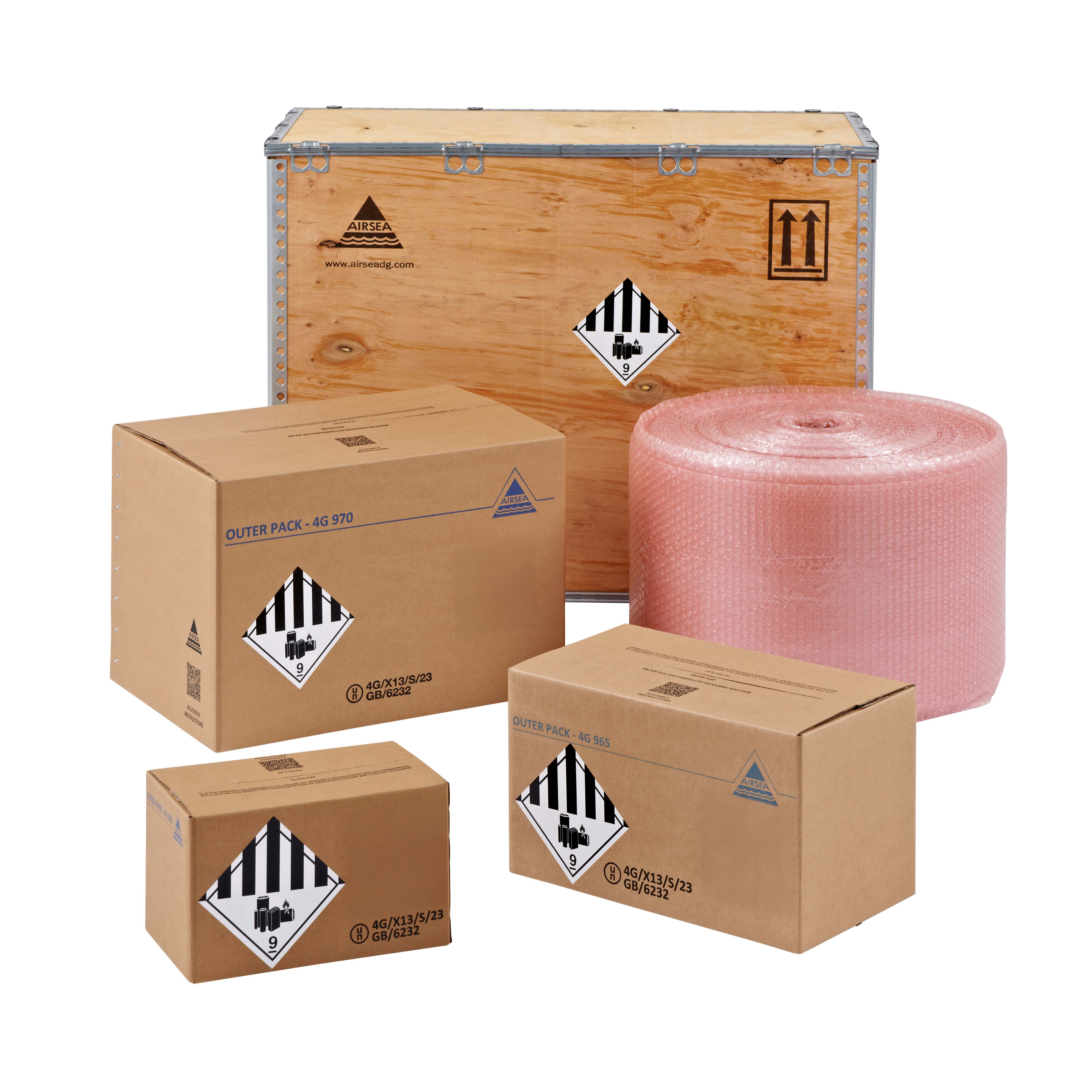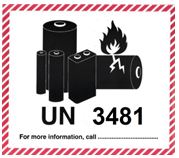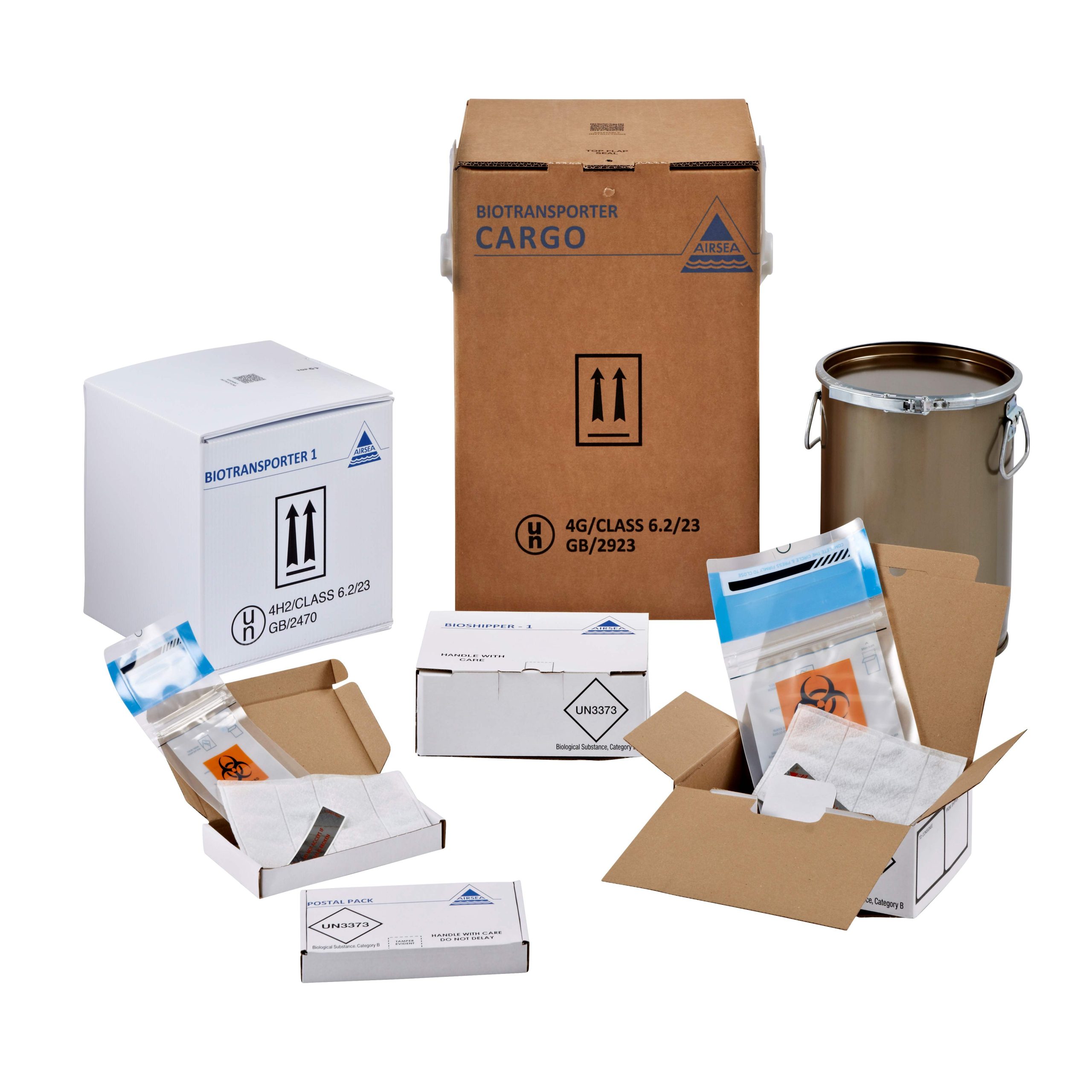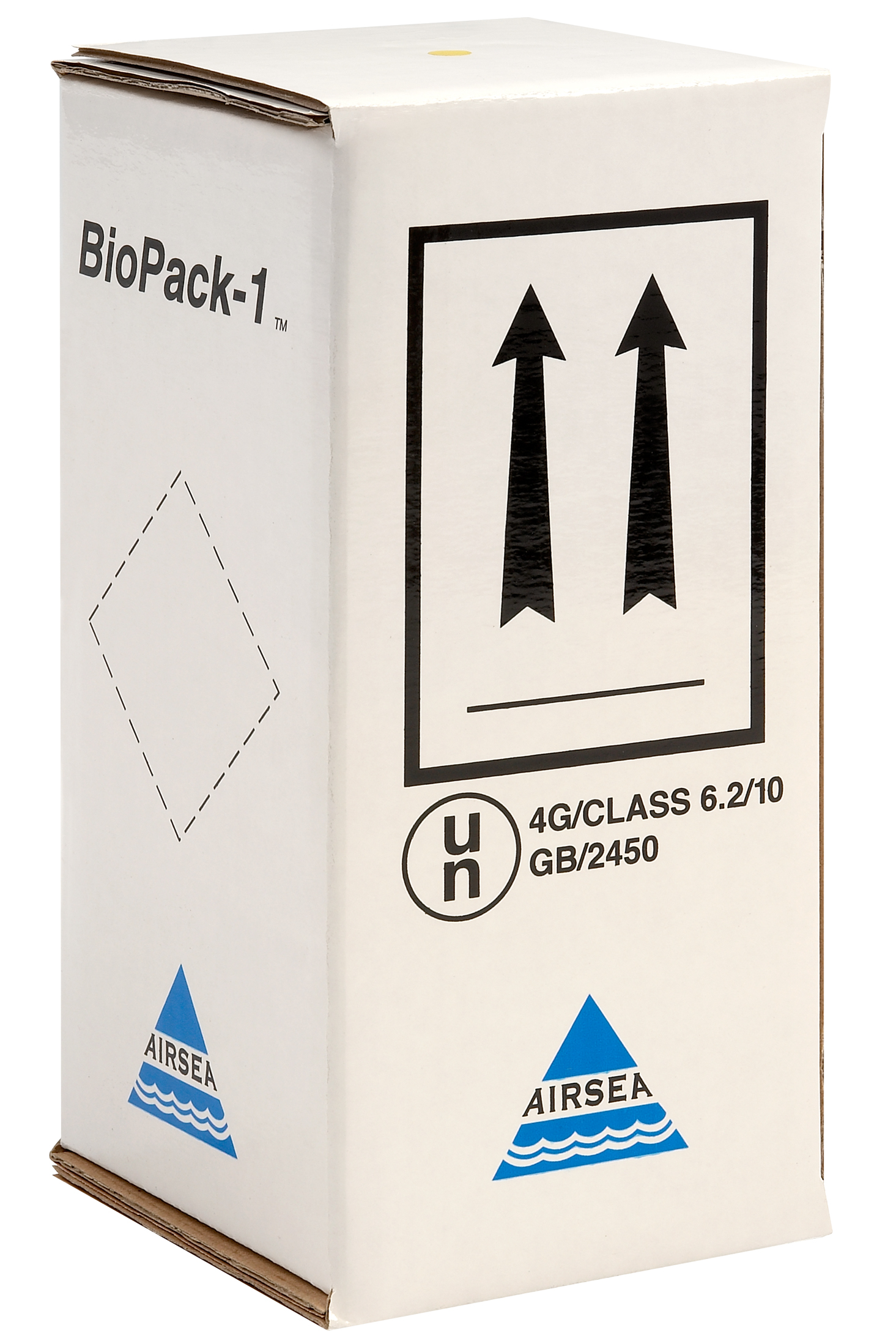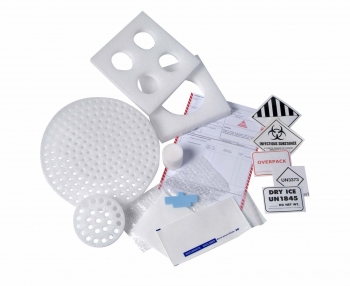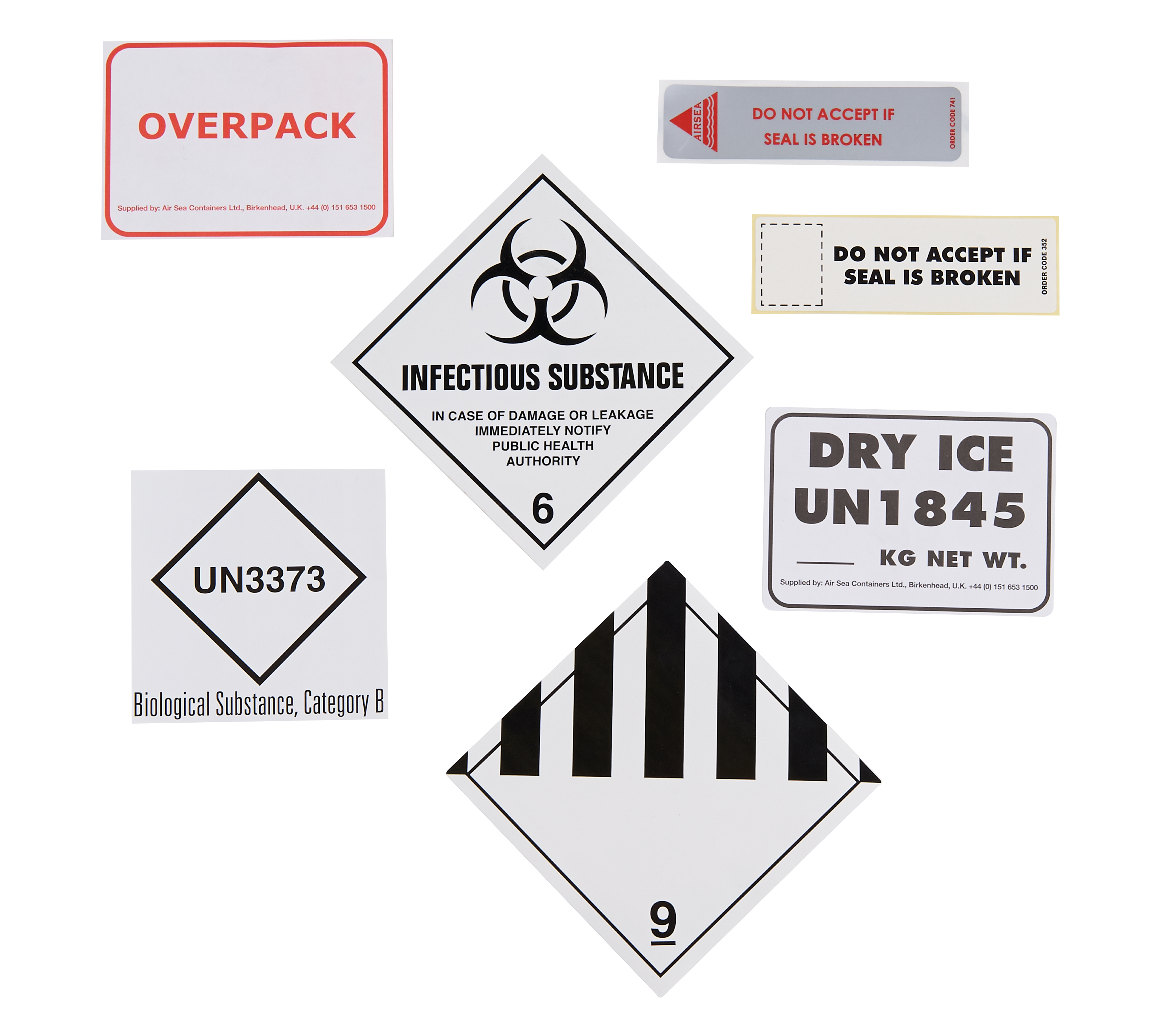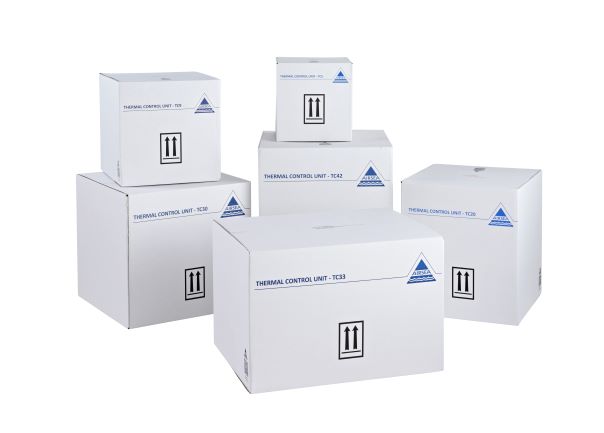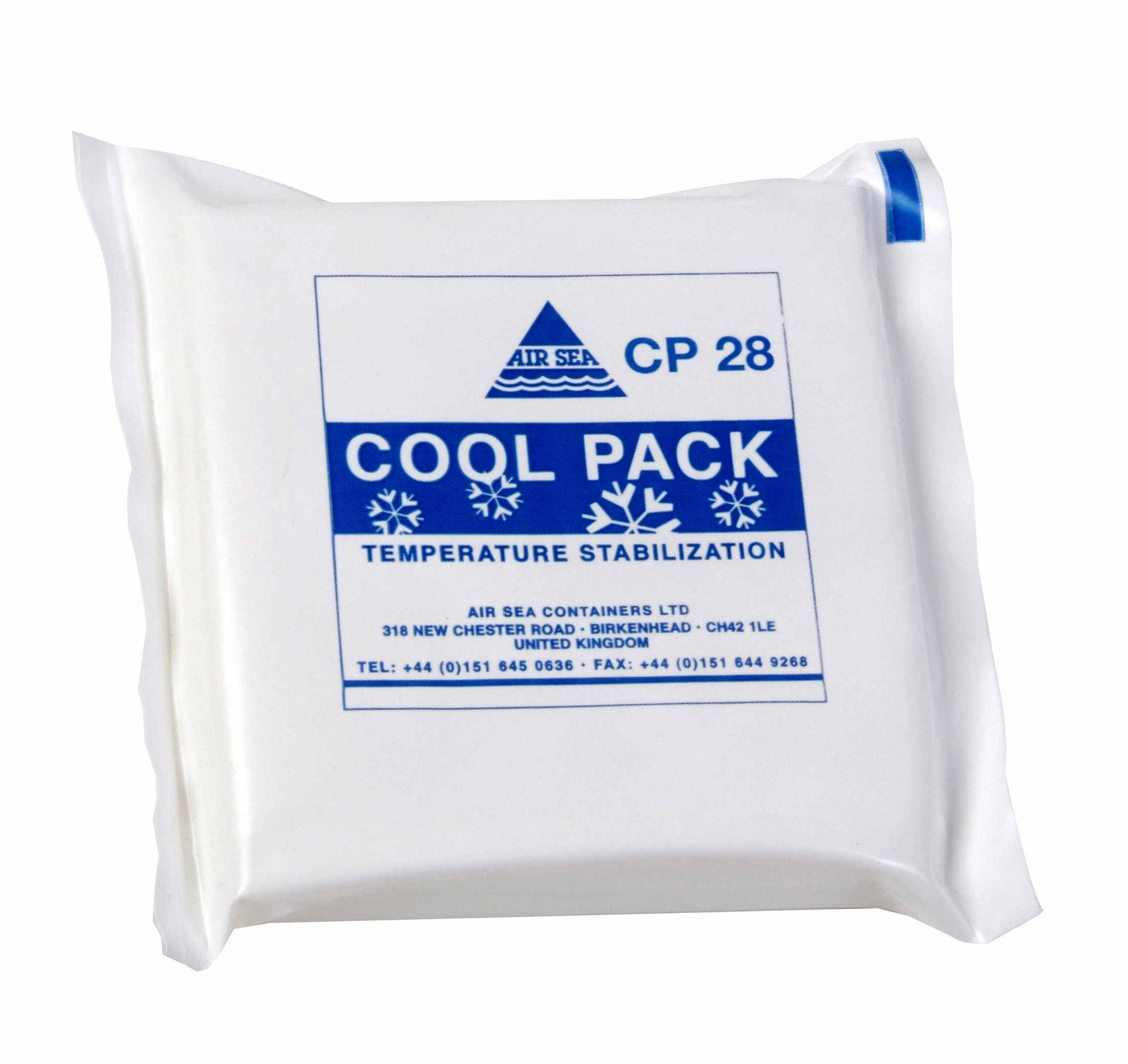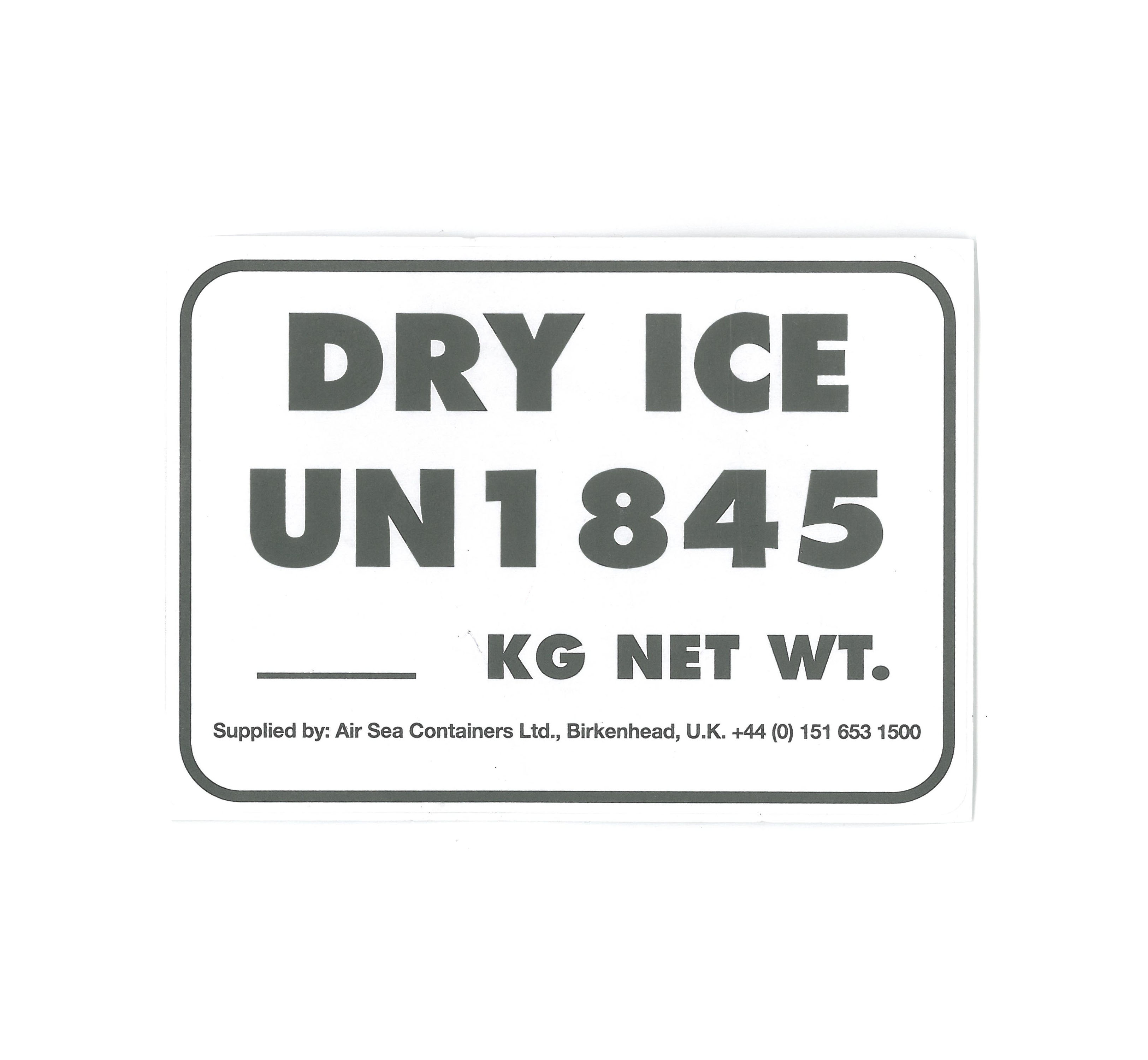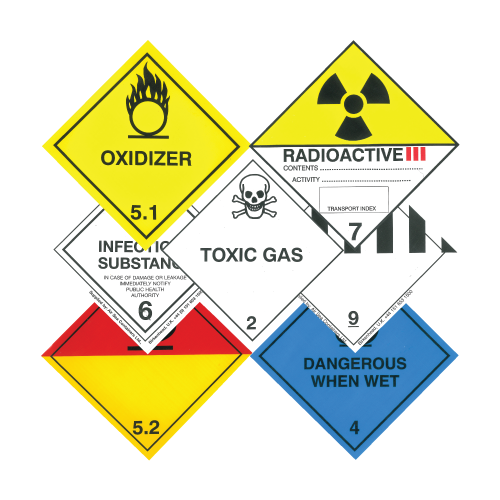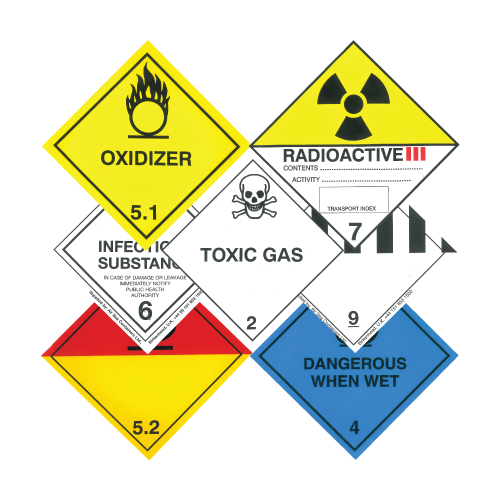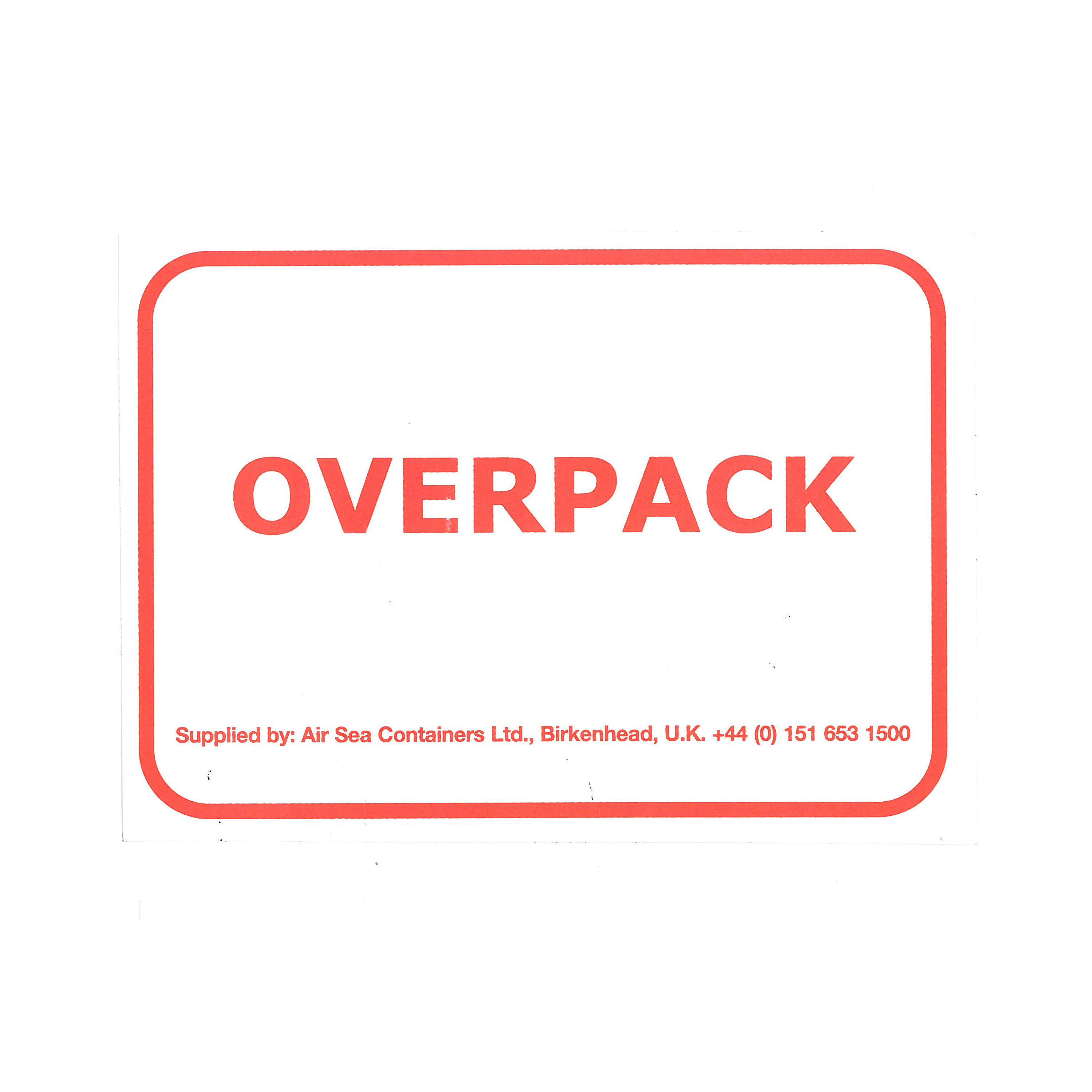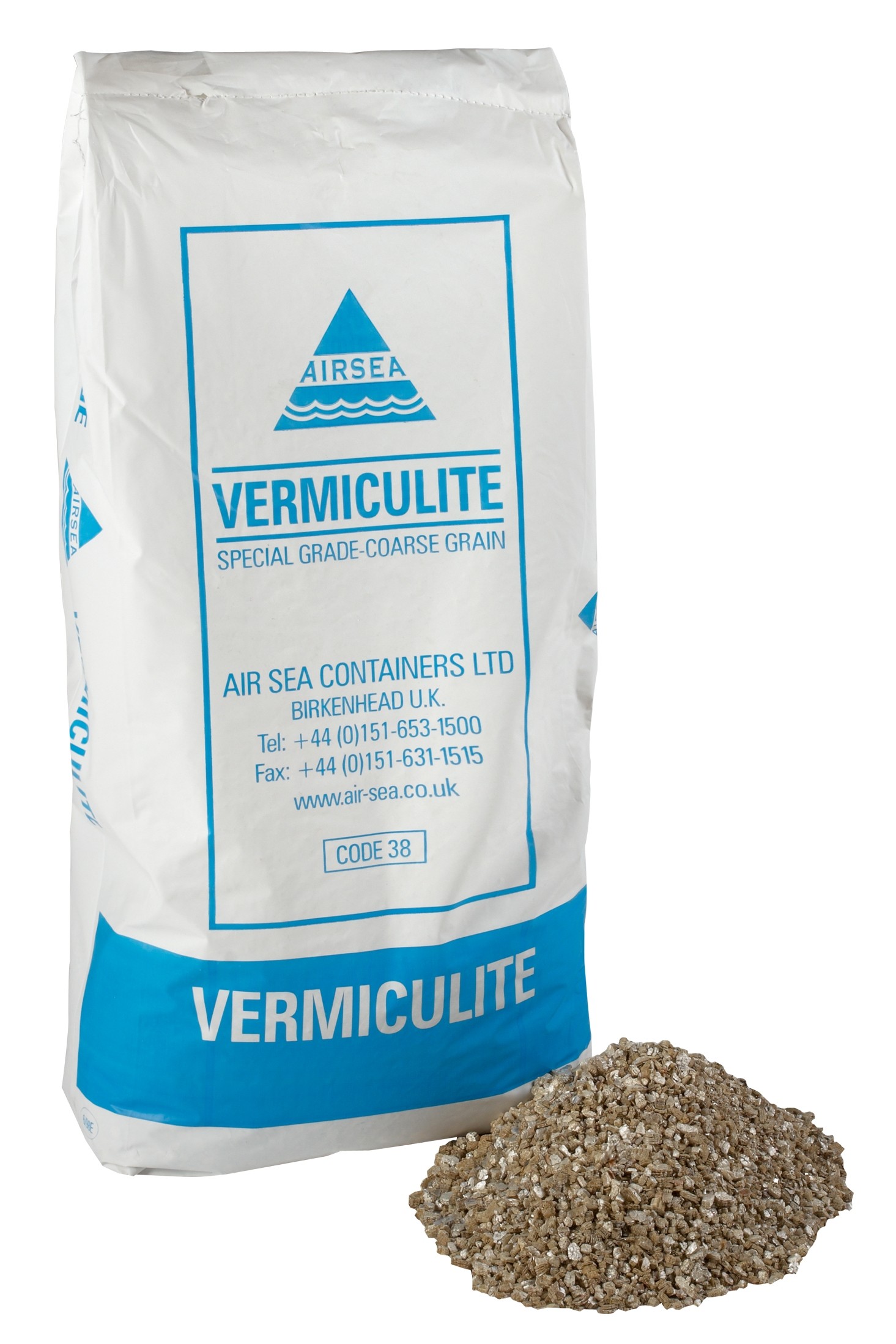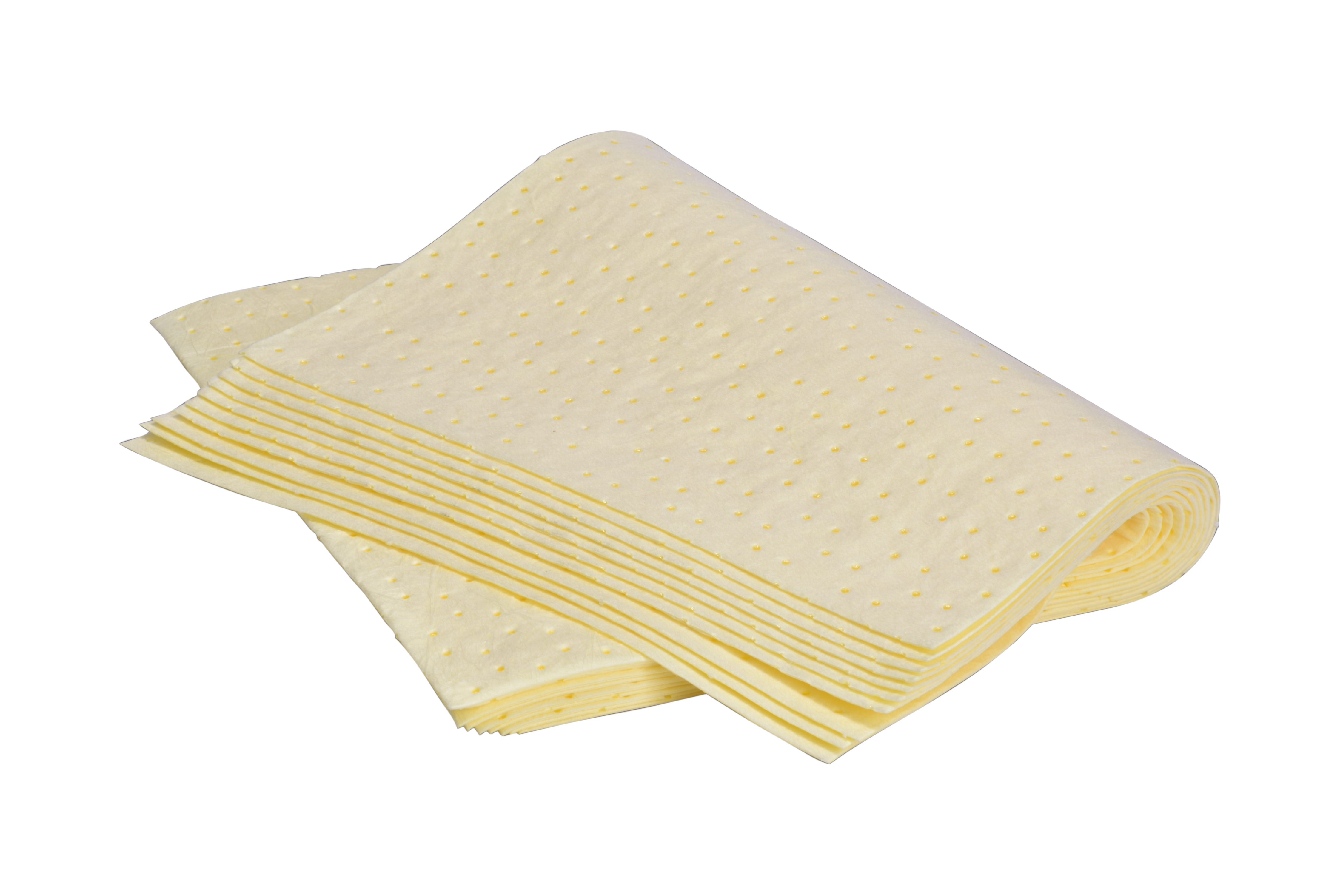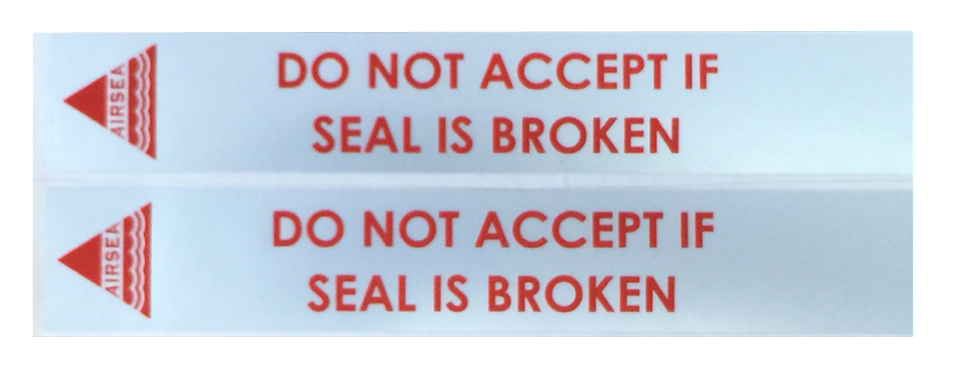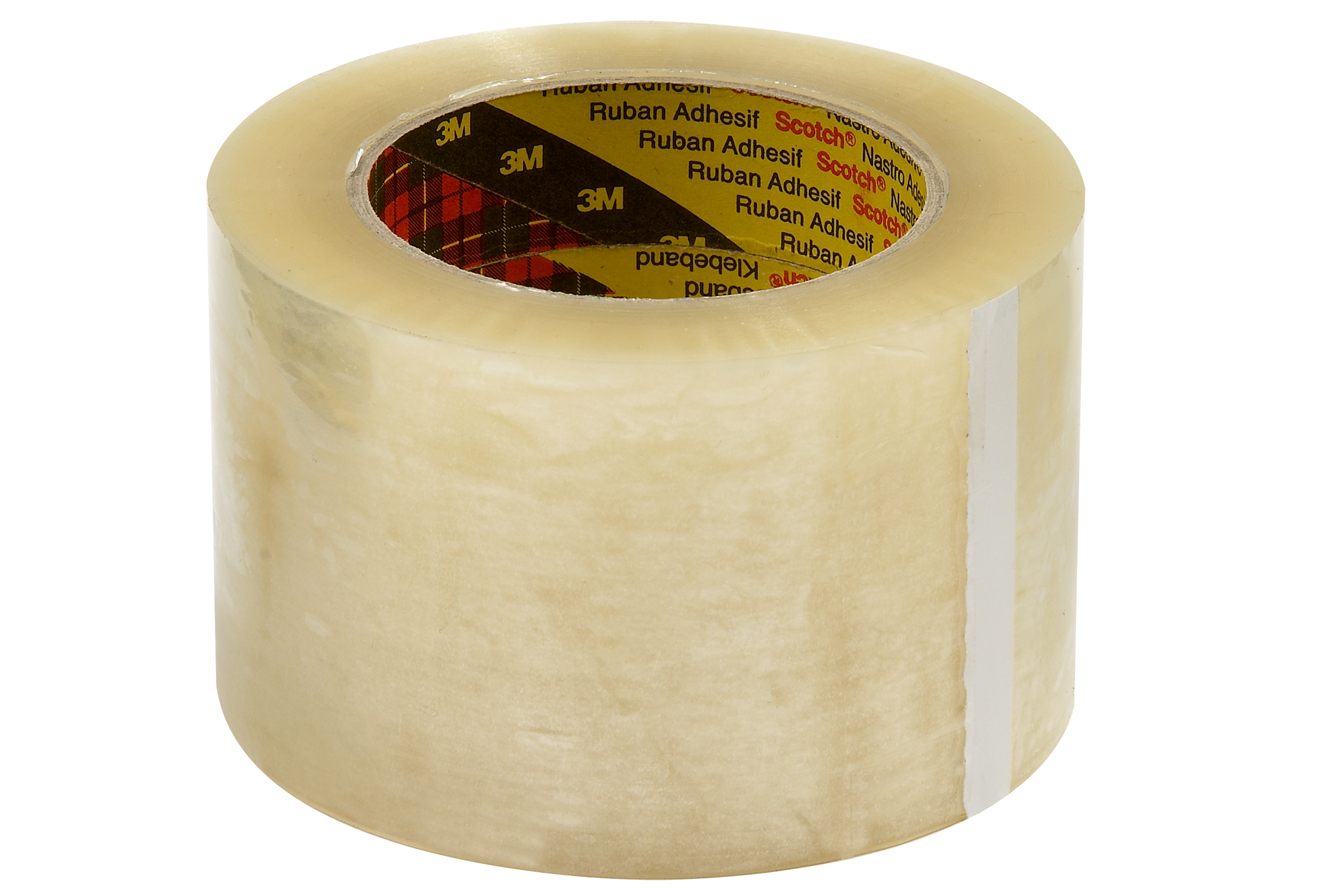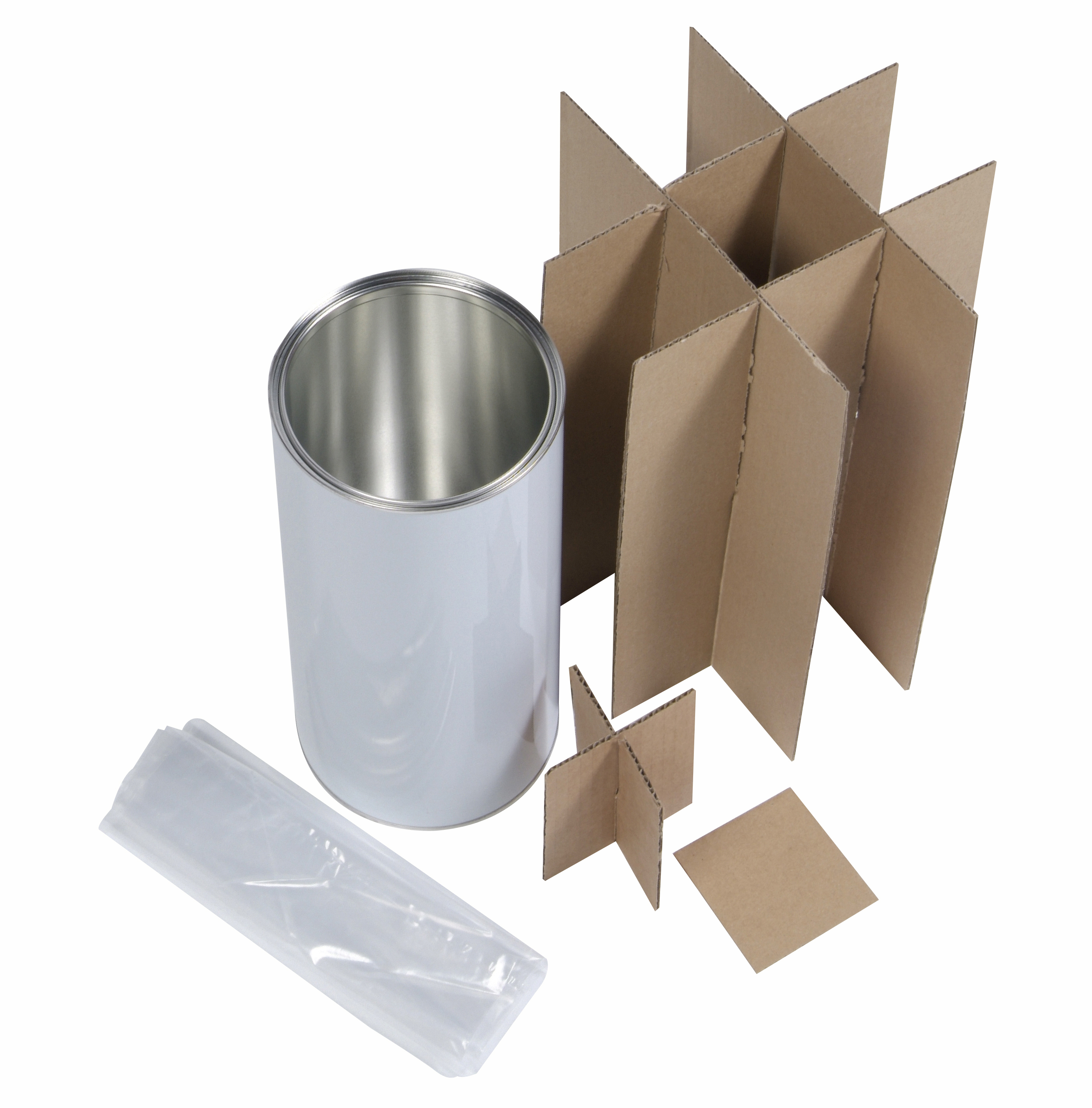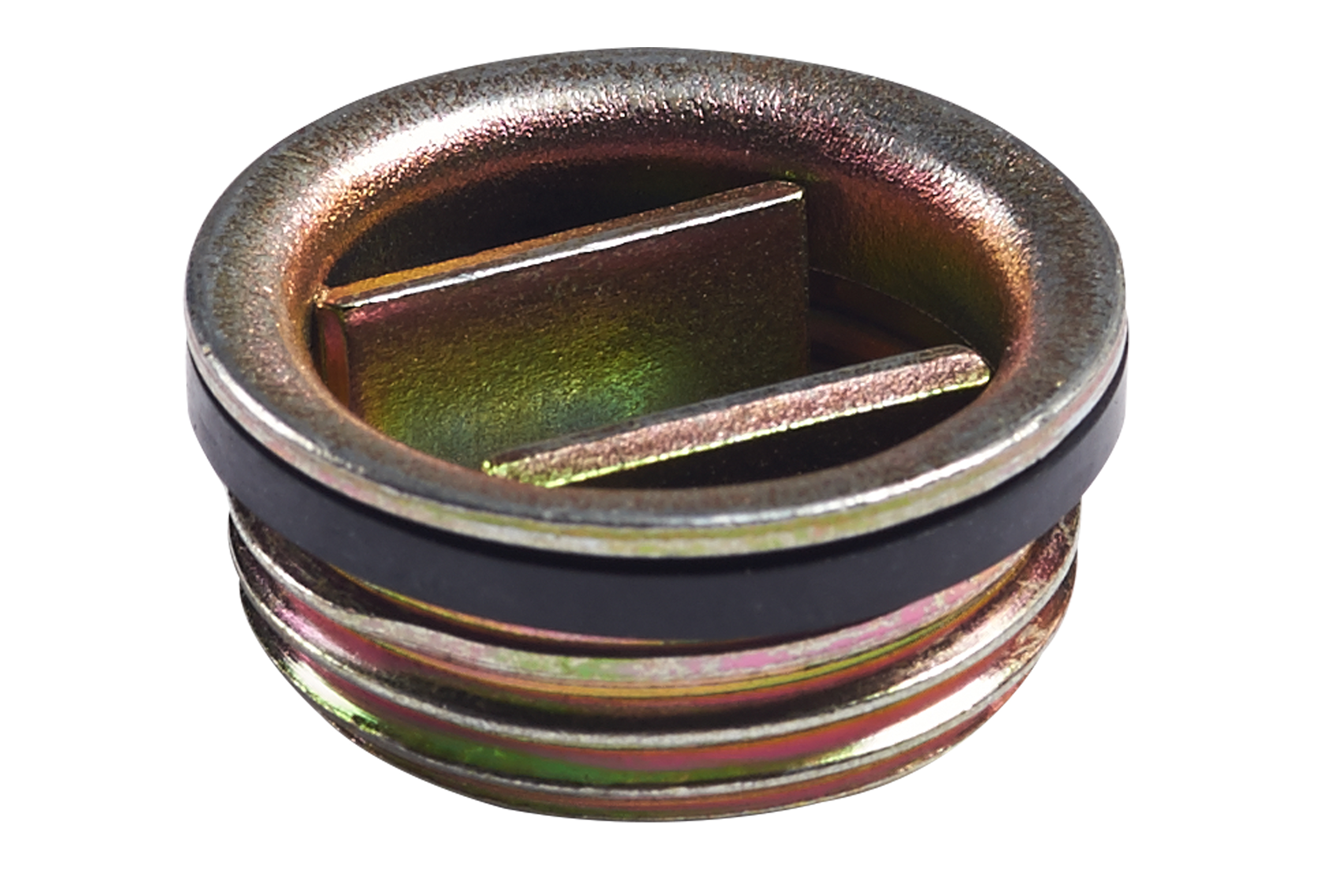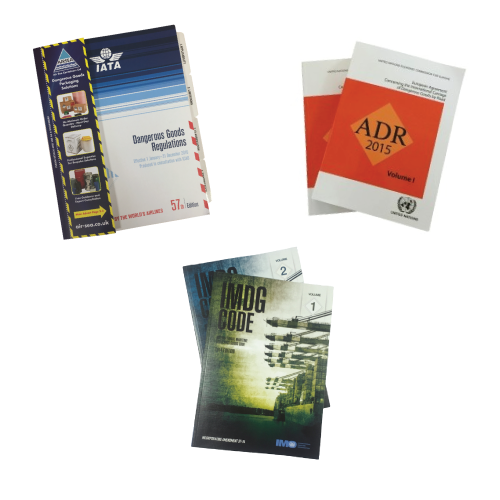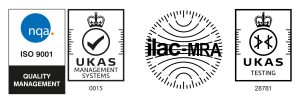For those who have taken part in our Air Sea Challenges over the last few years, whether it was at the VCA conference or virtually, participants are always curious as to which questions they got wrong. So, we’ve had a look through our past challenges and compiled a list of the most common questions which made you scratch your head and seem to trip most people up.
1. 4GV packing group
Our findings highlighted that the subtle differences between 4GV and 4G regulations often catch people out. A question type which typically gets answered incorrectly is packing group regulations for 4GV. In our most recent quiz a number of UN marks were shown and people were asked to select the incorrect UN Mark. The following UN Mark 4GV/Y40/S/22/GB/9001 was one of the multiple-choice answers. As 4GV must be approved for packing group I (X), this UN Mark cannot be correct as it states packing group II (Y). This can often catch people out as it differs from 4G packaging which can be approved for either packing groups I, II or III (X, Y or Z)
2. Matching a UN Mark to the correct image.
Again, this question was centred around understanding UN marks and their meanings, in this example the focus was understanding non removable and removable head codes.
Which of the following relates to the below picture? 1A2, 6HA1, 3A1 and 1H2
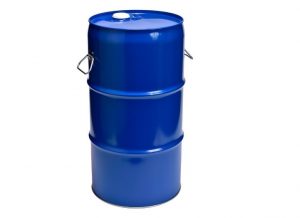
As we know type code 1 = Drum so we can rule out 3A1 as 3 = Jerrican, however a curveball in there is code 6 which is Composite Packaging, but how can you tell this from the image alone, right?
After discounting the jerrican 3A1, we’re left with 1A2, 6HA1 and 1H2. However, as the end numbers of 1 & 2 relate to the closure code, stating whether the head is ‘non removable (1)’ or ‘removable (2)’. We can see from the image that it is a non removable head (1) so the only possible answer is 6HA1.
For those who want to read more about understanding UN Marks you can read further here
3. Good old 4GV weight rules
Again, one relating to 4GV regulations. Questions on 4GV weight rules always seem to cause confusion, particularly rules relating to inner packaging weights.
Our most recent quiz posed the question:
What is the maximum amount of dangerous goods permitted for transport in the pictured box?
Half the weight of the UN Mark? The whole weight of the UN Mark? Half the weight of the tested inners?
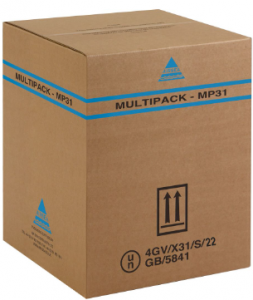
The majority selected; The whole weight of the UN Mark. The correct answer is: Half the weight of the tested inners.
The reason is that it’s a 4GV box not a 4G box, the “V” means it has a special set of requirements relating to weight.
Transport of Dangerous Goods Model Regulations (UNRTDG) states one of the special packaging requirements relating to weight for “V” variants is ‘the total combined gross mass of inner packagings shall not exceed one-half the gross mass of inner packaging used for the drop test’.
Simplified, it is actually only half the weight of the tested inners. To find this figure, you need to look at the test certificate or refer to the assembly sheet that comes with the 4GV packaging in question. Upon purchase, all reputable packaging suppliers should provide you with an assembly sheet that gives clear instructions of how to correctly assemble and pack your dangerous goods within the specified packaging, which includes weight allowances.
Our packaging features QR codes which take you direct to that product’s assembly information. This information includes weight rules, cushioning requirements and assembly instructions including demo videos. See how the QR codes work in this short video.
4G Packaging weight rules:
For 4G packaging, the approved weight specified on the UN mark is the maximum gross weight of the entire fully assembled package, this includes inners and contents, cushioning, packaging accessories and the outer packaging itself.
4GV packaging weight rules:
*As 4GV allows for various non-specific inners, the permitted gross mass of inner packagings including substances shall not exceed one-half the gross mass of inner packaging used for the drop test. For instance, if the packaging was tested with 10kg of inner packagings (inners & substance), then the approved (permitted) gross weight of inners would be 5kg. The remainder of the gross package weight allows for the weight associated with the cushioning and packaging accessories as well as the outer box itself.
The below table provides a comparison of both packaging types and highlights a few of the main differences between the two.
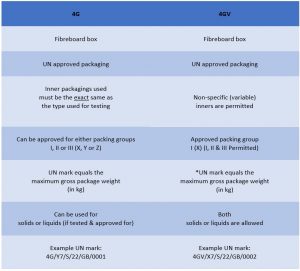
4. Regulation changes
Past challenges have shown when the question is about regulatory changes, for example knowing when incoming changes to regulations are happening, ie lithium battery changes, keeping abreast of new regulations can be difficult. Again we have written a helpful article on how to keep abreast of regulation changes.
5. Grant Mitchell vs. Grant Shapps!
It appears some believe the actor and former Eastenders hard man is heading up the Department for Transport!
Yes, that’s right 14% of participants thought that Grant Mitchell was the current Secretary of State for Transport.
We’ll admit, this one we added in for fun. But the challenge is made for entertainment purposes and designed to bring a bit of fun to the industry, so we always throw a few curveballs in there to test your concentration, with the added countdown to test your nerves as well as your dangerous goods knowledge.


Grant Mitchell Grant Shapps
Grant Shapps Grant Mitchell
We hope you enjoy taking part in the Air Sea Challenge as much as we enjoy making it. Keep your eyes peeled for future Challenges and remember to watch out for the curveballs.
Information correct at time of publishing, 23rd August 2022
 UK
UK



